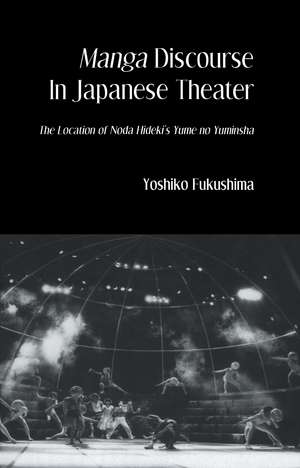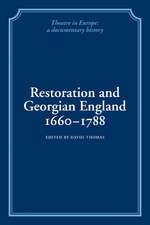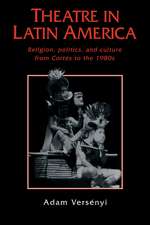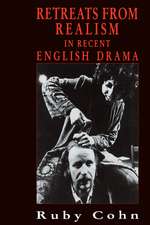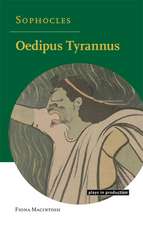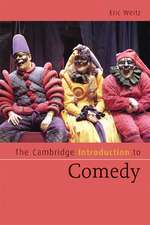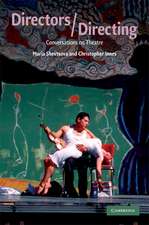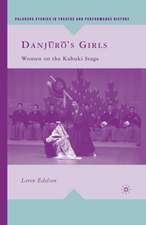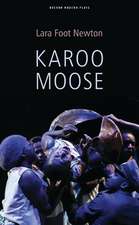Manga Discourse in Japan Theatre
Autor Yoshiko Fukushimaen Limba Engleză Hardback – 24 mar 2005
Preț: 1335.21 lei
Preț vechi: 1628.31 lei
-18% Nou
Puncte Express: 2003
Preț estimativ în valută:
255.49€ • 266.75$ • 211.45£
255.49€ • 266.75$ • 211.45£
Carte tipărită la comandă
Livrare economică 04-18 aprilie
Preluare comenzi: 021 569.72.76
Specificații
ISBN-13: 9780710309372
ISBN-10: 0710309376
Pagini: 326
Dimensiuni: 156 x 234 x 25 mm
Greutate: 0.69 kg
Ediția:1
Editura: Taylor & Francis
Colecția Routledge
Locul publicării:Oxford, United Kingdom
ISBN-10: 0710309376
Pagini: 326
Dimensiuni: 156 x 234 x 25 mm
Greutate: 0.69 kg
Ediția:1
Editura: Taylor & Francis
Colecția Routledge
Locul publicării:Oxford, United Kingdom
Cuprins
Introduction Invitation to Noda's Manga Discourse; Two Booms, Shogekijo and Manga Boom; Manga, Noda Hideki and Japanese Children l Manga Discourse and Japanese Postmodernism: Why Shogekijo and Manga? 2 Transmission of Manga Discourse 3 Before the Appearance of Noda's Yume no Yuminsha 4 Theater Must Sell!- Noda's Yume no Yuminsha 5 Noda's Performance Theory: Practice of Manga Discourse; Conclusion Noda’s World of Playing.
Descriere
During the Japanese 'bubble' economy of the 1980's, the youth of Japan began to exert influence on Japanese culture through their spirited patronage of certain art forms previously deemed subcultural or avant-garde. Among these were manga (Japanese comics or animation) and shogekijo (Japanese little theater).
